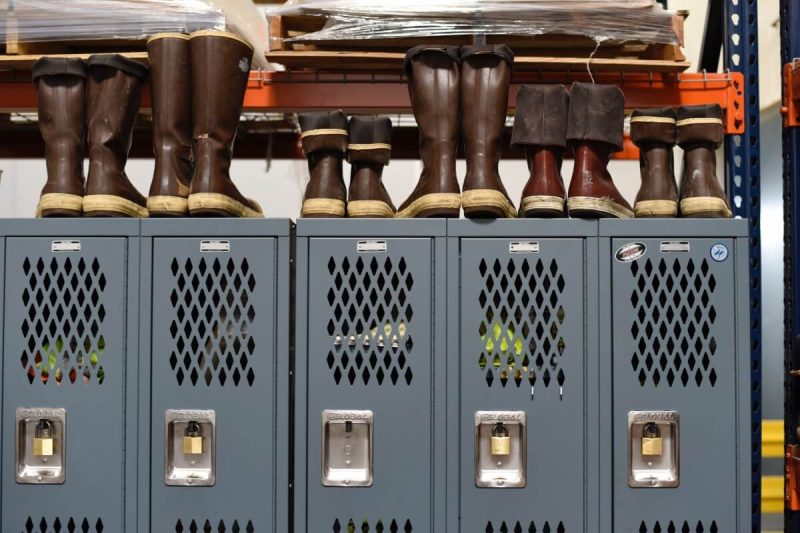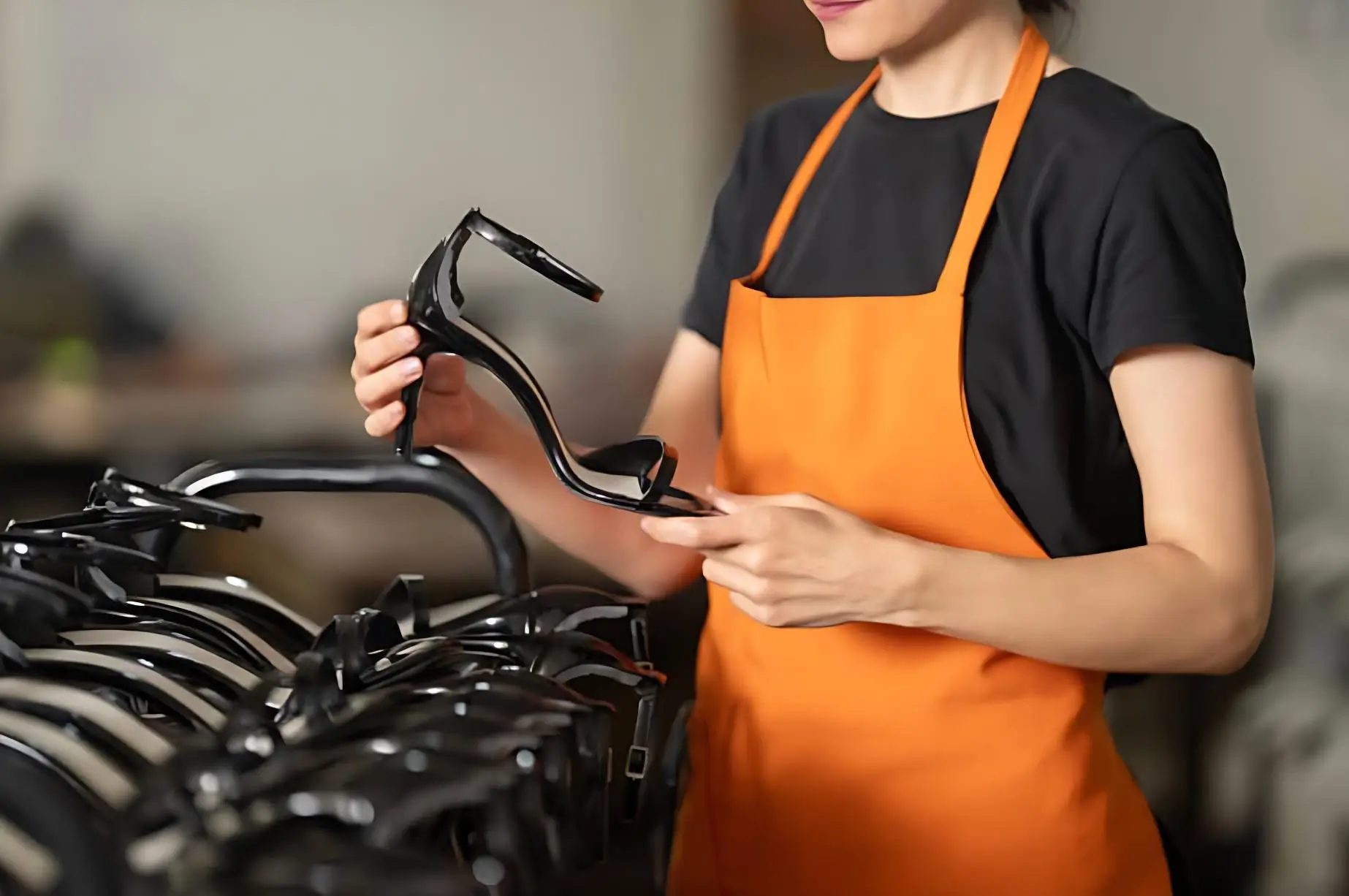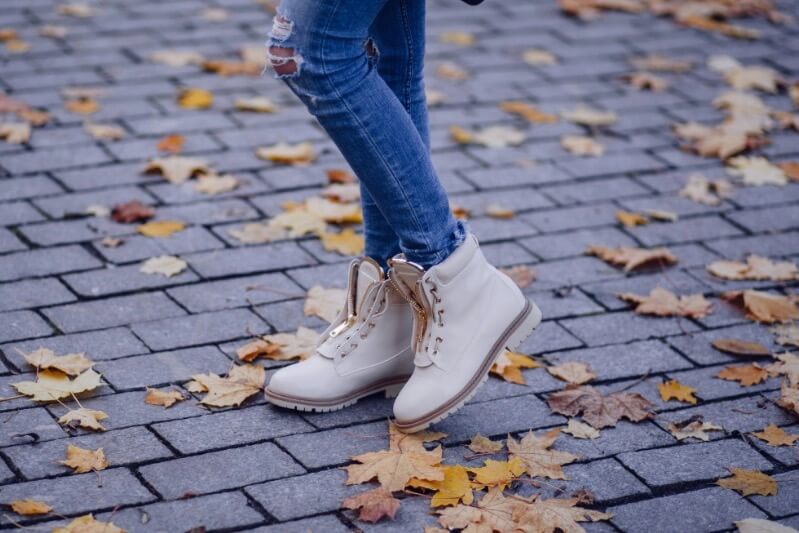If you’re in the business of selling shoes, you already know the truth. The hardest part isn’t the design. It’s getting the product made right. You need a supply chain that actually works. It needs to be reliable. It needs to be profitable. And it needs to grow with you.
You deal with tight margins. You deal with demanding clients. You know that one late shipment or one bad batch of shoes can destroy your profit. Worse, it can destroy your reputation. The global shoe market is bigger than ever. That just means it’s harder to find a manufacturing partner you can actually trust.
You don’t just need a supplier. You need a real partner.
This guide is your playbook. We will walk you through the entire process. We’ll cover everything from creating a professional plan to managing quality control on the ground.
Step 1: Creating a Bulletproof Tech Pack
Everything starts with being crystal clear about what you want to make. A detailed spec sheet, or tech pack, is your most important document. It stops misunderstandings before they happen. It makes sure the shoe you get is the shoe you actually designed. Never, ever assume a factory knows what you mean. Write it down.
Your tech pack must be very detailed.
Define the Shoe: What is it? An athletic sneaker or a casual boot? Who is it for? You need to know that the US market has different rules for chemicals and safety than the EU market.
Specify All Materials: You have to list every single part. The upper, the lining, the outsole, the midsole. Use material codes or attach small sample swatches. For an outsole, you should specify the rubber hardness, the exact colors (use Pantone codes so there’s no confusion), and the details of your logo.
List Certifications You Need: Does your shoe need to be REACH compliant to sell in Europe? Do you need specific ASTM lab tests if you’re making safety shoes? Does your biggest retail customer require a BSCI audit for social compliance? You have to put all of this in writing.
Choose Your Model: Be very clear if you are providing your own design (OEM) or if you are choosing a design from the factory’s catalog and making some changes (ODM).
A great tech pack is the foundation for a smooth production run. It’s that simple.
Step 2: Finding the Right Manufacturing Hubs and Partners
China’s footwear manufacturing is not all in one place. It is concentrated in a few key areas. Knowing where to look gives you a huge advantage. The best factories are usually in the eastern provinces.
Guangdong Province (Guangzhou, Shenzhen) is the big one. It’s the center of the universe for all kinds of shoes.
Fujian Province (Xiamen, Fuzhou) is a major hub for athletic shoes and casual sneakers.
When you’re searching online, you have to look for factories that are specialists. A factory that makes thousands of cheap canvas sneakers every day does not have the right equipment or the right skills to make high-end leather boots. You need a specialist. A quick look at a factory’s website should tell you what their focus is. For example, a website like jinhuashoes.com makes it very clear that they have a lot of experience in the casual and dress shoe categories.
When you find a factory that looks good, make your first email count. Be professional.
Introduce your brand.
State what you need very clearly (for example, “men’s leather chukka boots for the US market”).
Give them an estimated order quantity.
This approach shows them you are a serious buyer. You will get a much better response this way.
Step 3: Vetting Your Factory—A Checklist to Avoid Scams
A great partner will solve problems for you. A bad partner will create them. You must do your homework on any factory you are considering.
Verify Their Business License: This is not optional. You can use online databases in China, like the NECIPS, to check their registration details. This confirms they are a real, legitimate business.
- Protect Your Intellectual Property (IP): A standard NDA that you use in the West is not good enough in China. You need an NNN Agreement (Non-Use, Non-Disclosure, Non-Circumvention). And it must be drafted by a Chinese lawyer, in Chinese. This is the only way to truly protect your designs from being copied.
Never Give One Factory Your Entire Design: This is a smart trick. If your shoe has very unique parts, think about having different factories make different components. This stops any single partner from having the complete blueprint to your product.
Get an Independent Audit: For just a few hundred dollars, you can hire a well-known company like SGS or Intertek to send someone to visit the factory. They will check their equipment, their quality systems, and confirm they are who they say they are. This is the best money you will ever spend for peace of mind.
Step 4: Nailing the Deal—Contracts and Payments
Your contract is your protection. And for it to be enforceable in China, your manufacturing agreement must be in Chinese and governed by Chinese law. You should always work with a lawyer who understands Chinese contract law.
Now, let’s talk about the key terms.
Shipping Terms (Incoterms): Most of the time, you will work with FOB (Free on Board). This just means the factory’s price includes getting the goods produced, packed, and loaded onto the ship at their local port. From that point on, you take control. This is a good thing because it lets you choose your own shipping company (your freight forwarder).
Payment Terms: The standard deal in the industry is a 30% deposit to start production, and the final 70% is paid after a successful final inspection. Never, ever pay 100% of the money upfront. Tying your final payment to a quality check that you control is the most important power you have.
Step 5: From Golden Sample to Quality Control
The development process is a journey. Your goal is to get to the “golden sample.”
This is the final, perfect shoe that you approve. This single shoe becomes the standard. Every single pair in your bulk order has to match it perfectly.
When you get samples, you need to give specific, technical feedback. “The fit is loose” doesn’t help anyone. “The width at the ball of the foot is 5mm too wide compared to our spec” is the kind of feedback a factory can actually use.
Once production starts, you need a solid Quality Control (QC) plan.
Do not rely on the factory’s own internal QC team. You must have your own independent inspector who works for you.
Your inspector should check the goods based on AQL (Acceptance Quality Limit) standards. This is a statistical method that is used worldwide to check a random sample of the products.
If the inspection fails, your contract should state that the factory must fix the problems before you pay them the final 70% balance.
This process gives you control. It makes sure you get the quality you paid for.
Frequently Asked Questions (FAQ)
1. What is the single most important document I need to prepare before contacting a shoe manufacturer?
Without a doubt, it is the Tech Pack. A professional tech pack is the master blueprint for your shoe. It should include detailed design drawings with Pantone color codes, a full list of materials, construction methods, and your sizing range. A well-prepared tech pack shows that you are a serious buyer and is the foundation for getting an accurate quote and a high-quality sample.
2. How do I truly protect my shoe designs when working with a factory in China?
A standard Western NDA is not enough. You must use a China-specific NNN (Non-Use, Non-Disclosure, Non-Circumvention) agreement, drafted in Chinese and governed by Chinese law. This is the only way to have real legal protection. Additionally, you should register your trademarks in China as early as possible.
3. What is the most common mistake new brands make when it comes to quality control (QC)?
The most common mistake is relying solely on the factory’s internal QC team. While a good factory will have its own QC, you must always hire your own independent, third-party inspection company to conduct a final random inspection before you pay your final balance. This is your ultimate insurance policy and gives you the leverage to ensure you get the quality you paid for.
Ready to Find Your Partner? Let’s Build a Better Supply Chain.
Building a successful footwear brand comes down to one thing: a great supply chain. It starts with a clear plan, and it’s powered by the right manufacturing partner. When you communicate clearly, protect your IP, and have a partner who is as obsessed with quality as you are, sourcing becomes your biggest strength.
Tired of the sourcing headache? If you’re done with vague answers, missed deadlines, and quality problems, let’s have a real conversation.
At Jinhua Shoes, we don’t just take orders; we build partnerships. Since 2004, from our home in Wenzhou, China’s shoe capital, we’ve been the trusted OEM & ODM engine behind leading brands across five continents. We combine our passion for the process with a proven track record of success.
My team and I can review your project and give you a clear, honest assessment of what it will take to succeed.
Got a project in mind? Let’s turn it into reality. Send your project details to our expert team by email to start the conversation.
📧 Email: sales@jinhuashoes.com
(You’ll get personalized expert feedback within 12 hours.)



